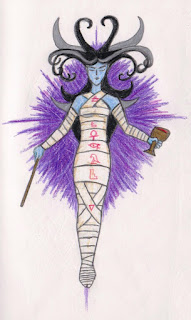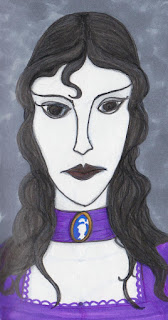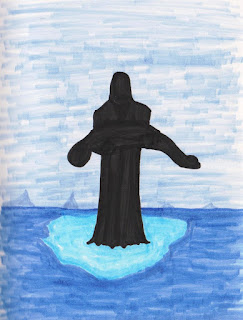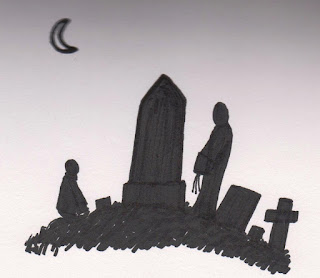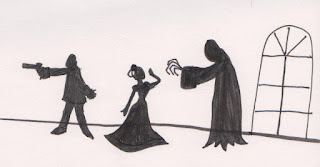Blade Runner: Creative Platypus
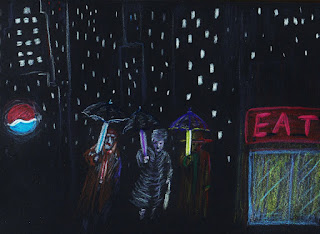
You know, it's been years -maybe over a decade- since I last saw Bladerrunner . I think it was a director's cut, but I'm not even sure which one. It made a lot more sense than the first time I saw it; though even then the movie left a lasting imprint on my mind. I remember the way it played with light and dark. I remember the perpetual rain. Most of all (and who could forget them?), I remember those iconic light umbrellas. So here's a little colored pencil work on a rainy day in honor of a film that deserves all the attention it gets.
